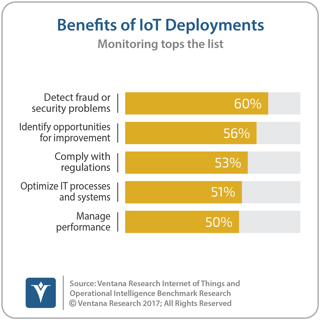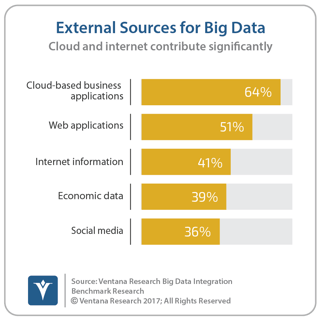Business process reengineering was a consulting fashion in the early 1990s that spurred many companies to purchase their first ERP systems. BPR proposes a fundamental redesign of core business processes to achieve substantial improvements in market and customer responsiveness, productivity, cycle times and quality. ERP systems support business process reengineering by guiding the step-by-step execution of the redesigned process to ensure that it is performed consistently. They also automate the handoffs between individuals and departments to accelerate completion of that process.
These days a similar concept reworks the idea of BPR. Digital process reengineering uses digital technologies to give organizations more options to redefine how existing tasks are performed or to extend the range of tasks that a company’s technology systems manage. The objective of a digital redesign isn’t just to gain efficiency. It’s to use new technologies to redefine business models advantageously or alter an industry’s competitive balance of power – in other words, to create “digital disruption.”
Businesses operate in the same way as a basic control system’s iterative four-step process:  sense, interpret, decide and act. Digital process reengineering can be applied at any step of that process. For instance, the Internet of Things (IoT) extends the range of sensing devices and therefore expands the depth and resolution of the conditions affecting a business that a digital system can monitor. Our IoT benchmark research reveals that currently most companies view IoT as beneficial in detecting fraud or security issues, identifying opportunities for improving performance or for complying with regulations. In business, for example, this can mean monitoring external data about environmental conditions (such as weather or soil moisture), market prices or consumer sentiment. It also can keep close tabs on business transactions data or the health of equipment to allow a just-in-time maintenance program that reduces unplanned down time and cuts maintenance costs.
sense, interpret, decide and act. Digital process reengineering can be applied at any step of that process. For instance, the Internet of Things (IoT) extends the range of sensing devices and therefore expands the depth and resolution of the conditions affecting a business that a digital system can monitor. Our IoT benchmark research reveals that currently most companies view IoT as beneficial in detecting fraud or security issues, identifying opportunities for improving performance or for complying with regulations. In business, for example, this can mean monitoring external data about environmental conditions (such as weather or soil moisture), market prices or consumer sentiment. It also can keep close tabs on business transactions data or the health of equipment to allow a just-in-time maintenance program that reduces unplanned down time and cuts maintenance costs.
In another area, big data management and processing techniques make it possible to handle the torrent of data from digital sensory devices as well as digital feeds from multiple sources to enable systems to interpret relevant external signals that the system is designed to use. Our research on big data integration shows that cloud-based business applications, Web applications and internet information are the three largest external sources of big data. Machine learning and artificial intelligence reduce the need for a human intervention in the four-step process, resulting in faster, more consistent execution. These digital technologies expand the range of decisions that control systems can handle on their own. And the digital output of the control system can, for example, drive the completion of a transaction, provide input to a robot or generate an alert that requires a response.
Digital process reengineering isn’t entirely new. In the 1990s, for example, 24-hour loan approval became possible using optical character recognition to accelerate processing of loan applications and using IT systems to manage parts of the approval process in parallel rather than serial fashion. It relied heavily on an early form of big data analytics, the credit score, to support the decision-making process. Organizations have been using digital technologies since then to make incremental breakthroughs to achieve business breakthroughs. What is new today is the scope, scale and availability of the technologies and techniques that will make digital process reengineering a common feature of business management.
My colleagues and I at Ventana Research perform research on and provide guidance around digital process reengineering that focuses on the business uses and practical application of a rapidly evolving set of supporting technologies. Read, for example, David Menninger’s analyst perspective on the evolution of big data in improving organizational processes and outcomes. Richard Snow offers a perspective on the use of advanced analytics and digital speech processing to enhance the customer experience. Mark Smith provides a perspective on how analytics, big data, cloud computing and the Internet of Things are driving significant changes in how companies operate. And I have observations on how the application of blockchain distributed ledger technology has myriad practical applications in B2B commerce.
Using digital process reengineering successfully will be an increasing challenge for business executives. They need to use it to respond to the digital disruptions that are increasingly common as entrepreneurs utilize available technology innovations to create new product or service categories or create more effective business models to compete with established ones. It’s equally important to be able to distinguish between the overblown or immature technologies fancied by technologists that will have limited market impact and those that represent real opportunities for those who  understand how to exploit them.
understand how to exploit them.
Regards,
Robert Kugel
Senior Vice President Research
Follow me on Twitter @rdkugelVR
and connect with me on LinkedIn.












